APWCS (Asia Pacific Wireless Communications Symposium) adalah konferensi regional Asia Pasifik yang dikelola oleh IEEE VTS (Vehicular Technology Society) dari chapter-chapter Tokyo, Seoul, Taipei, dan Singapore. Tak bisa disalahkan jika kita membandingkan dengan APCC yang dikelola IEEE bersama dengan IEICE, KICS, CICS. Tahun ini APWCS diselenggarakan di Tokyo City University, Tokyo; 25–26 Agustus 2016. Aku hadir ke simposium ini dalam misi untuk mengaktifkan VTS di Indonesia, termasuk mengajukan kesiapan Indonesia sebagai host APWCS berikutnya.
Kebetulan aku masih punya 76000 Garuda Miles, dan 70000-nya langsung dikonversikan jadi tiket Garuda Cengkareng–Haneda p.p. Berangkat tanggal 23 Agustus menjelang tengah malam, Garuda mendarat di Haneda tanggal 24 pagi. Mandi di airport, dan langsung menjelajah Tokyo. Kuliner pertama adalah sushi segar yang langsung dibuatkan di depan kita. Wow :). Tentu, didahului sop miso yang khas itu.
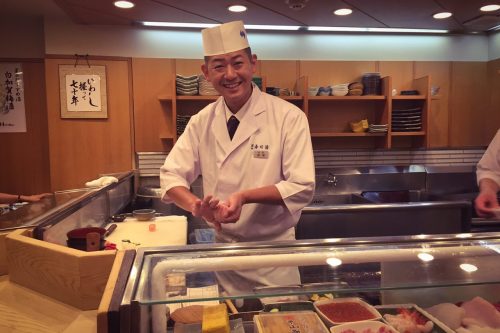
Kamis pagi, 25 Agustus, barulah mengarah ke Tokyo City University, di kawasan Setagaya, Tokyo. Khawatir dengan gaya Jepang yang seringkali formil, aku pakai suite dengan gaya yang klasik tapi tetap santai. Di sana, Prof Mamoru Sawahashi, General Chair dari APWCS 2016 siap menyambut. Eh, baru sadar, suite kami matching sekali. Prof Sawahashi menceritakan scope simposium, sebaran pesertanya, dan nature dari penyelenggaraan simposium ini. Setiap konferensi memiliki sifat yang berbeda, dan kadang hanya dapat dipahami dengan langsung mengikuti seluruh kegiatan di dalamnya.
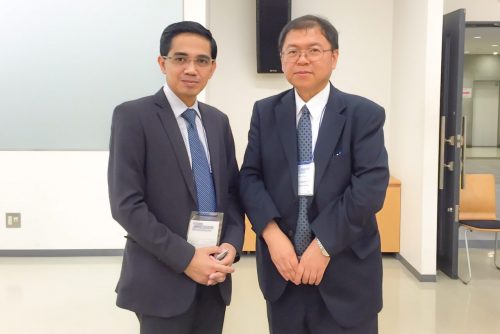
Tak lama, Prof Sawahashi harus memutus percakapan, untuk secara resmi membuka APWCS 2016. Berderet keynote speakers dari kalangan akademisi dan industri bergantian memberikan paparan tentang filosofi dan rencana implementasi Jaringan 5G dengan berbagai aspeknya. Ini selalu jadi saat yang mendebarkan, saat kita memiliki kesempatan mendengarkan update terbaru dari researcher senior yang merupakan para inventor & innovator kelas dunia. VTS memiliki sifat yang lebih spesifik dan fokus daripada society yang besar, semisal Comsoc (IEEE Communications Society) atau IEEE Computer Society. Jadi paparan para researcher ini betul-betul fokus di cutting-edge teknologi 5G.
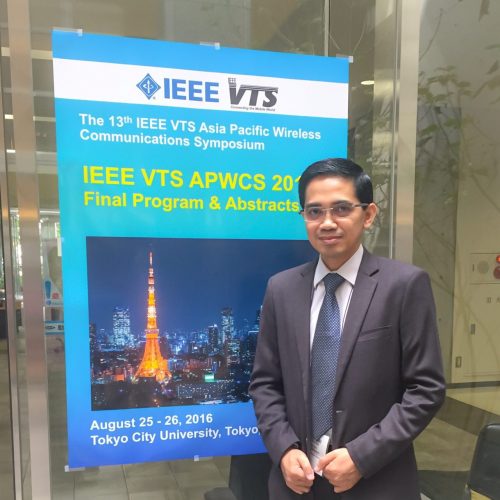
Tengah hari, Prof Sawahashi mengajak makan siang ke ruang VIP. Di sini, sekaligus dilakukan General Meeting dari APWCS Board of Governor. Anggotanya bukan hanya dari Jepang, tapi dari berbagai negara stakeholder, dengan gaya masing-masing.
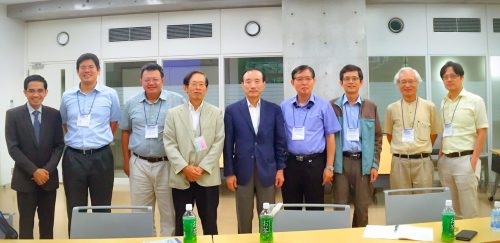
Di BoG meeting inilah, aku memaparkan situasi riset & industri mobile di Indonesia, kapabilitas dan peluangnya, serta kemudian mengajukan Indonesia sebagai host dari APWCS berikutnya. Berikutnya itu bukan 2017, karena simposium semacam ini memerlukan persiapan sangat panjang, dan unik. Jadi mereka membuka kesempatan Indonesia menjadi host pada 2019, jika Indonesia memang dapat meyakinkan komitmen & kapabilitasnya.

Cukup banyak masukan yang diberikan bagi Indonesia dalam meeting ini; terutama bahwa Indonesia belum memiliki VTS Chapter. Selain periset dan akademisi serius, mereka sebenarnya sekumpulan macan. Tapi aku semacam macan lokal juga sih. Dan aku bisa menunjukkan bahwa IEEE Indonesia Section memiliki leadership kuat untuk memastikan keberhasilan program ini. Jadi akhirnya mereka secara prinsip menyetujui Indonesia menjadi host. Namun dalam jangka waktu itu, kita harus menunjukkan langkah-langkah kesiapan.
Lepas presentasi, beberapa anggota BoG mengajak berbincang. Sebagian untuk lebih kenal, sebagian lagi untuk meneruskan assessment :). Experience dari Section dan representative-nya pun (yours truly) dieksplorasi. Beberapa nama penting disebut. Entah kebetulan atau keberuntungan, nama-nama yang disebut itu punya hubungan baik dalam perjalanan networking di IEEE, termasuk incoming Director of IEEE Region 10, Prof Kukjin Chun, dan former Director of IEEE Comsoc Prof Byeong Gi Lee. So far so good.
Usai BoG meeting, aku masuk ke sesi-sesi paralel di simposium ini; menyimak beberapa hasil riset para researcher dan mahasiswa. Namun saat break, aku jumpa lagi dengan Chairman of APWCS BoG, Prof Li-Chun Wang. Kami berbincang cukup panjang di meja kecil. Di sini Prof Wang menyampaikan concern sesungguhnya dari banyak anggota BoG. Fokus BoG sebenarnya bukan simposium atau conference; melainkan memastikan VTS tumbuh di region ini, dengan kegiatan yang terus bertumbuh. Simposium hanyalah sebuah cara untuk memastikan pertumbuhan kegiatan ini. Prof Wang juga menceritakan bagaimana akhirnya BoG bisa yakin untuk tetap mendukung Indonesia di 2019. OK, deal.
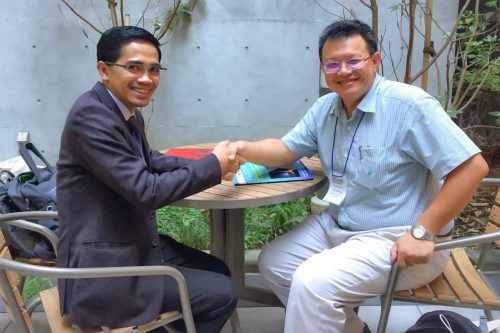
Selesai tugas, masih ada waktu untuk meneruskan belajar berbagai aspek dari vehicular technology, khususnya perkembangan 5G network yang menjadi fokus utama tahun ini. Menarik bahwa IoT masuk ke frame ini bukan sebagai requirement yang harus didukung dengan 5G, melainkan benar-benar merupakan bagian terpadu dari 5G itu sendiri.
Dan masih ada waktu juga untuk beristirahat dan berlibur beberapa hari. OK, yang ini kita sambung di blog lain. Aku masih punya travelling blog loh :).



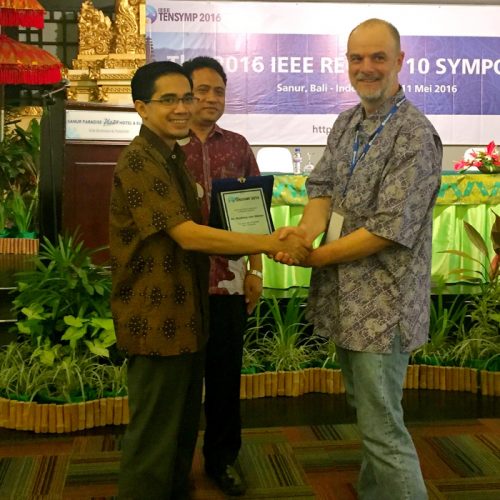



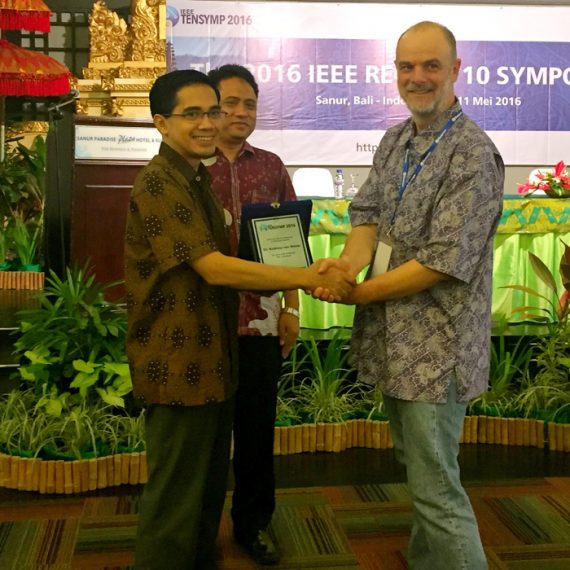


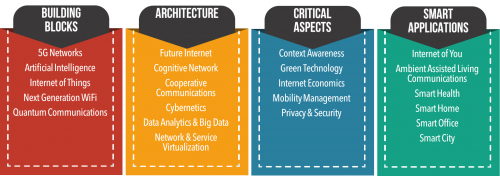


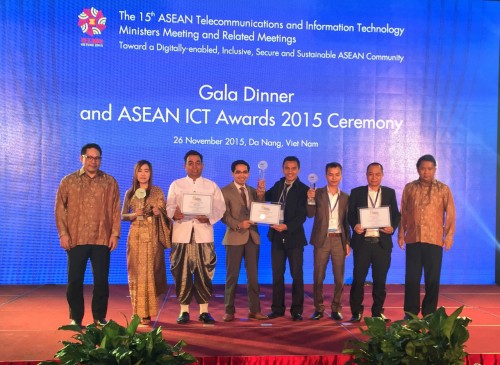
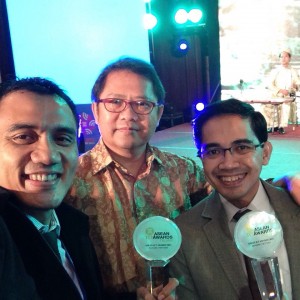
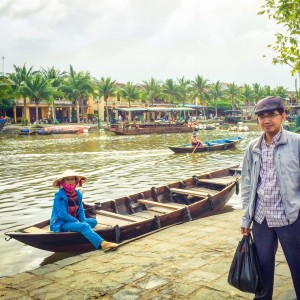

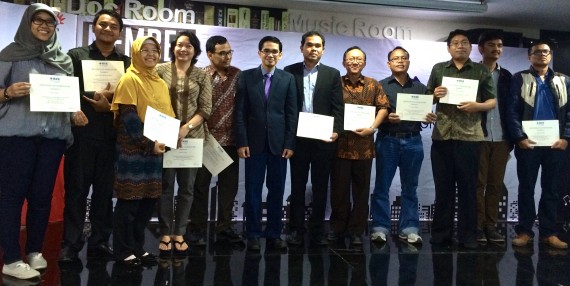


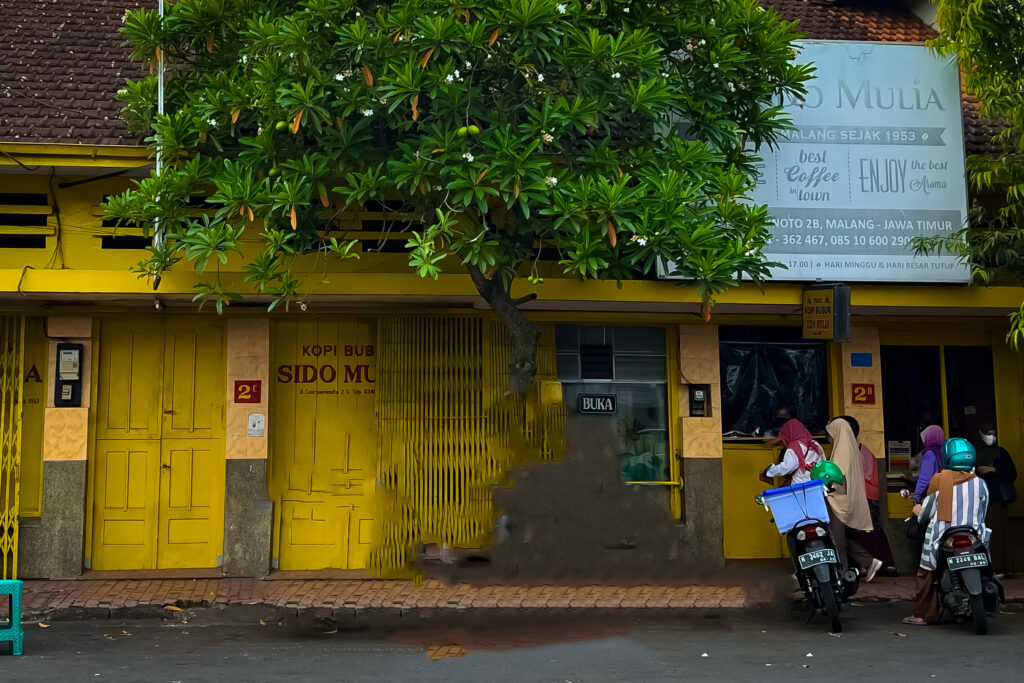
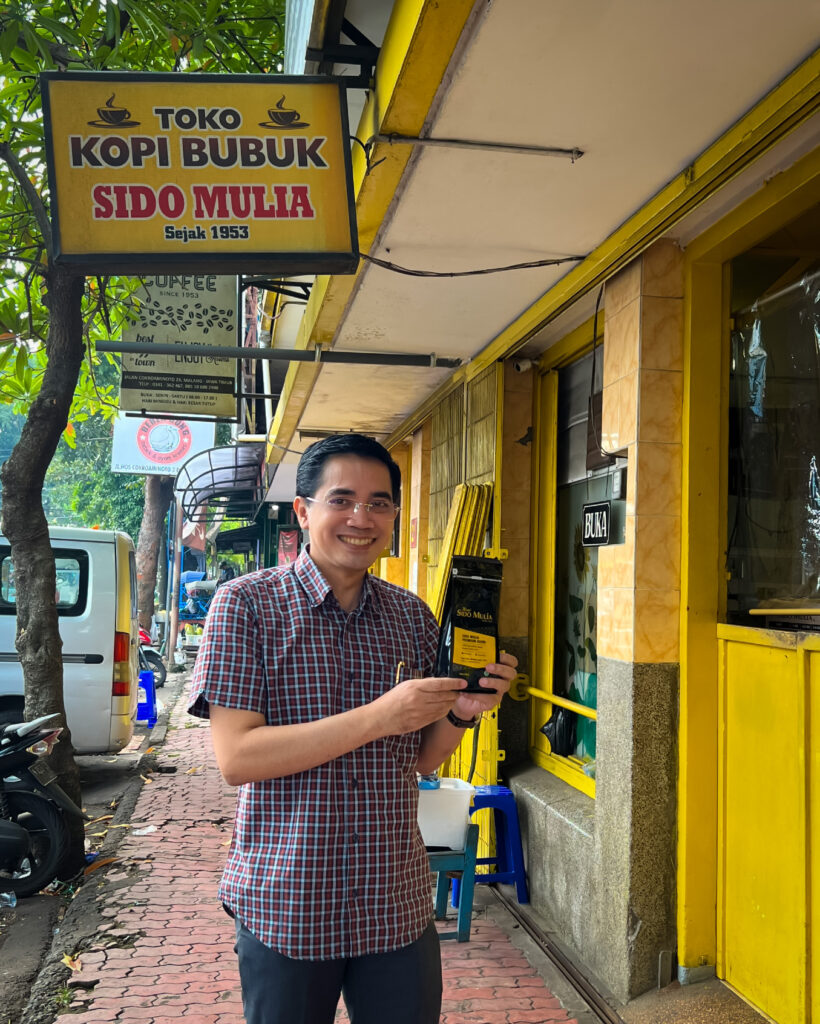
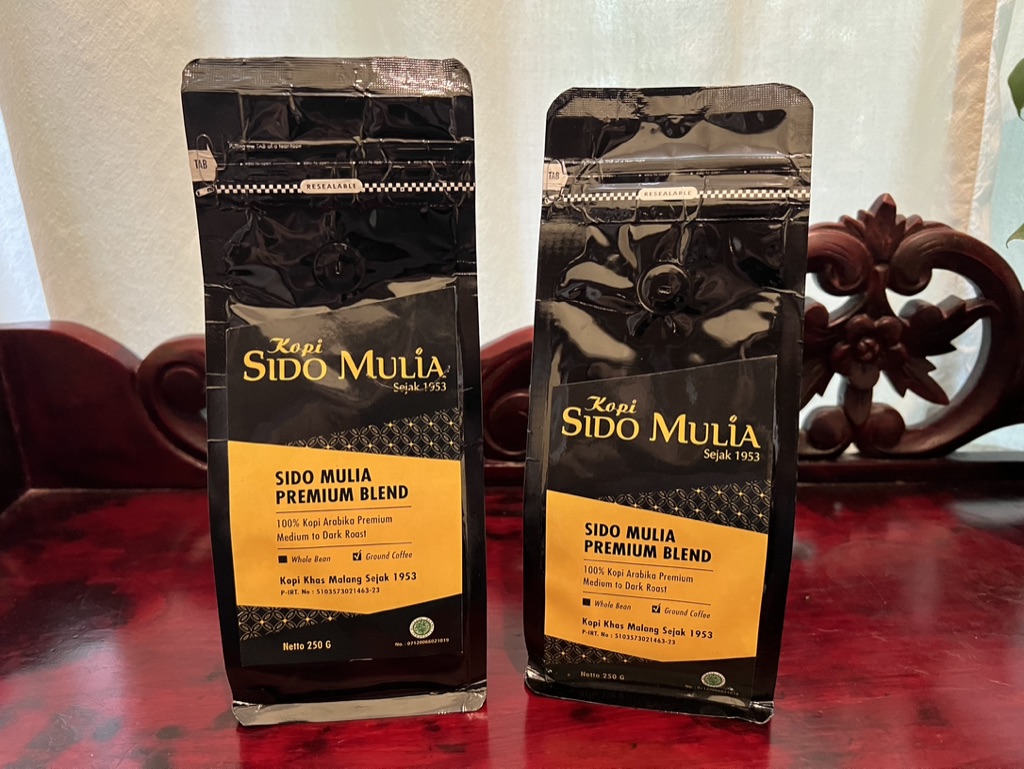
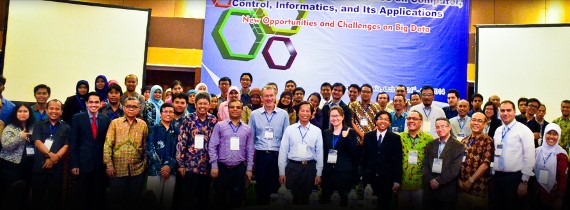
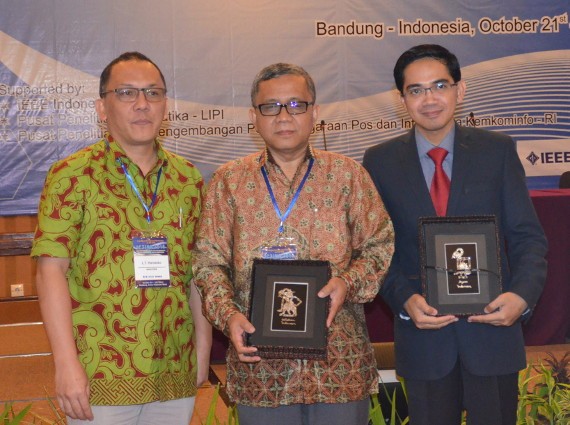






 . Thanks, all.
. Thanks, all.